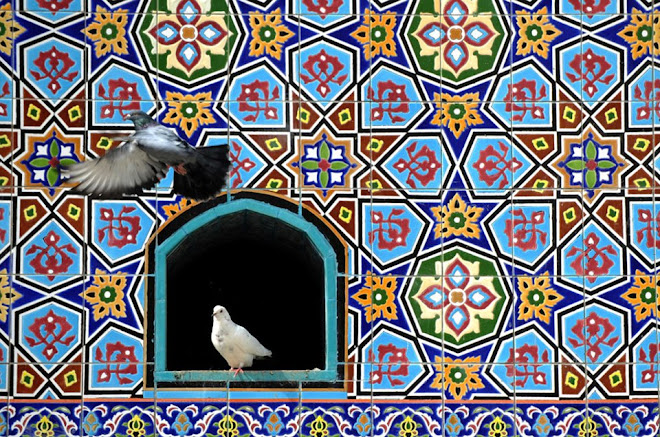
"From the King of Kings of the East and West, the Great Khan, to Qutuz the Mamluk, who fled to escape our swords: You should think of what happened to other countries and submit to us....We have conquered vast areas, massacring all the people. You cannot escape from the terror of our armies. Where can you flee? What road will you use to escape us? Our horses are swift, our arrows are sharp, our swords like thunderbolts, our hearts as hard as mountains, our soldiers as numerous as the sand."
These are the words that Hulagu the Mongol sent to the ruler of Cairo, Qutuz the Mamluk, after sacking Damascus. The Mongol horde had swept through Central Asia and Persia, destroyed Baghdad, and threatened the 600 year old Islamic civilization with annihilation.
Qutuz responded by cutting the Mongol emissaries in half, and hanging their bodies from Bab al Zuweila, one of the southern gates of Medieval Cairo. He went on to join forces with Baibars the Turk and defeat the Mongols at the Battle of Ain Jalut in eastern Galilee, saving the Muslim world from utter destruction.
Bab Al Zuweila is one of the remaining gates of Fatimid and Medieval Cairo. It was named after a Berber tribe from the western desert that fought with the rulers of the city. It, along with the walls of the city, were built by Badr Al Jamali in 1092. Two other remaining northern gates are Bab Al Futuh, and Bab Al Nasr.
The latter is inscribed with the customary ´shahadatain´ of Islam (¨There is no God but Allah, and Mohammad is the Messenger of God¨), but it also includes the Shia statement that Ali has the right to succeed the prophet, echoing its Fatimid (i.e. Shia and Ismaili) origin. The Fatimids had also built Al Azhar, an irony given that it is today the most renowned and prestigious centre of Sunni learning.
Today, these remaining gates of medieval Cairo offer the opportunity to experience Cairo at its most enriching. A walk from Bab Al Futuh or Bab Al Nasr to Bab Al Zuweila will take you through a maze of shops and food stalls, and an enviably vast collection of medieval buildings ranging from mosques to madrasas and sabils.
The experience is one of the living sedimentation of history and the surging humanity of Cairo, trading, eating, debating and sleeping through revolutions, epochs and the rise and fall of kings and queens. Here are some images of what one can see on this interesting walk.























